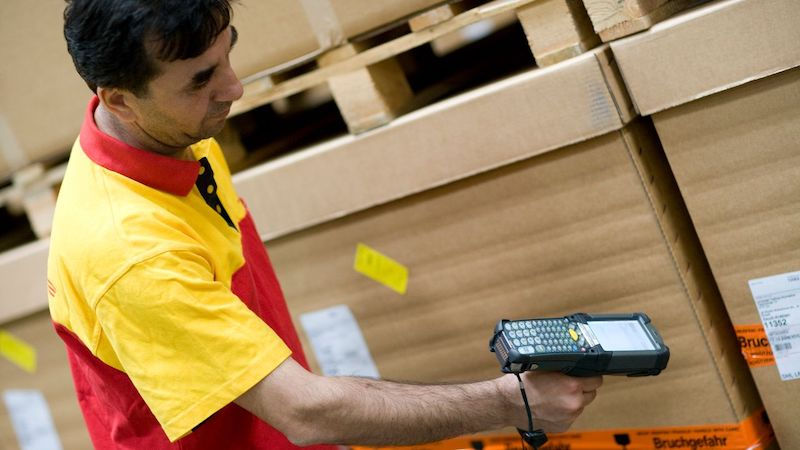Grow your business with the Discover newsletter
Logistics advice & insights straight to your inbox
Subscribe now
Canada is one of the top trading partners of the Philippines. According to the World’s Top Exports, Canada brought in US$490 million (0.7% of Filipino exports)¹ in 2021 in terms of shipment by dollar value alone. Exports from the Philippines to Canada have grown – from US$355 million in 1995 to US$846 million in 2020, an annualized rate of 3.54% – as found by the Observatory of Economic Complexity (OEC)².
For businesses in the Philippines, whose success relies on growing their volume of exports, courier service providers are among the most critical players in logistics. Working with an experienced and reliable courier service in the Philippines allows you to sidestep the intricacies of trading internationally. If you aim to send packages from the Philippines to Canada, this article offers a guide on how to get started.
The export industry has a lot of ongoing changes in regulations. Hence, successful exporters strictly abide by a standard procedure, which includes the proper steps to follow and the best shipping practices. In this section, we will be providing tips to ship from the Philippines.
Planning what products or services you would like to ship from the Philippines to Canada has a number of advantages. According to OEC, the Philippines exports several products in bulk to Canada, such as insulated wires, integrated circuits, and housewares, as there is a significant demand for these products in Canada.
While you can export products that are in high demand, you may also consider venturing into niche areas that are less competitive. A comprehensive understanding of your industry and its appeal to the end user in Canada will help you pick the right product to export here.
Before exporting goods from the Philippines to Canada, you must be familiar with the customs regulations of both countries and the shipping documents required. This will ensure you provide adequate information to customs officers about the products you plan on shipping. Philippines’ Bureau of Customs (BOC) stipulates that exporters have to prepare a list of documents, including a packing list, invoice, bill of lading, export license. In order for goods to clear the Canadian borders, the Canada Border Services Agency (CBSA) mandates that a bill of lading, proforma invoice, insurance policy and customs declaration are required.



Prohibited items are goods that are banned in a country for reasons related to issues such as health, environment and endangered species and fauna. Restricted items, on the other hand, are goods subjected to regulations. The Philippines and Canada have different restrictions, meaning exporters have to check the list of prohibited and restricted goods for each country. Certain goods require additional permission from the respective Philippines government agencies. For example, exporting rice out of the Philippines requires permission from the National Food Authority.
Clearing restricted goods for entrance into Canada requires special paperwork, such as proof of origin, a licence granted by government authorities and payment of customs duty. When importing into Canada, it’s important that you review CBSA’s list of prohibited and restricted goods³ to avoid penalties and having your shipments seized by the customs authorities. Some of the prohibited and restricted goods in Canada include raw meat, firearms, plants, explosives, fireworks, animals and drugs.
Customs regulations apply to all commercial shipments arriving in Canada. These regulations differ based on the value and type of good in question. Important to note are the two main clearance categories — informal and formal.
Informal clearance applies to goods worth less than CA$20. These goods are typically not charged any duties and GST. Similarly, goods worth CA$20 - CA$3,300 are categorized under the courier low volume clearance program⁴. These also fall under informal clearance. Goods in this bracket may be subject to customs duty. Formal clearance in Canada applies to goods above CA$3,300 and other regulated goods. Additional documents such as import permits, certificate of origin, and licences will be required.
Canadian customs calculate tariffs based on the Harmonized Commodity Description and Coding System (HS codes). Besides that, all goods imported into the country are subjected to Goods and Services Taxes (GST) of 5%⁵ unless specifically exempted. Duty rates vary depending on the type of imported goods and country of origin. Excise duty and excise tax are also imposed on luxury goods. The Canada Border Services Agency also provides a tool for estimating duties and taxes for your imported goods.
The last step is to figure out how to send these goods or services to Canada, i.e. planning for shipping logistics. This step is most critical as it determines the success of any export business. For instance, when exporting dangerous and hazardous goods, you will need a courier service that can offer customs regulation experience and guarantee safe delivery.
DHL Express is one of the top courier services offering excellent export logistics support worldwide. We provide Urgent, Time-Sensitive shipping services such as on-demand delivery to ship from the Philippines to Canada. Sign up with us and start shipping internationally to Canada today.